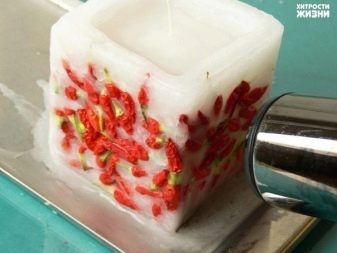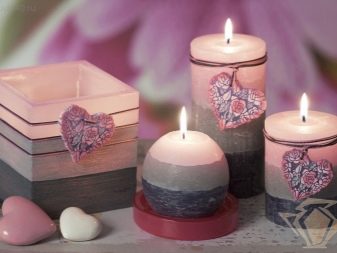All about paraffin candles
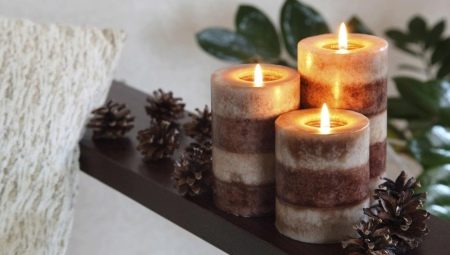
Paraffin is a synthetic substance made from hydrocarbons such as oil. In the production of candles, various wax substitutes, fragrances and dyes are added. Paraffin candles are artificial, but thanks to various additives that improve the commercial properties, they are often passed off as a natural product.
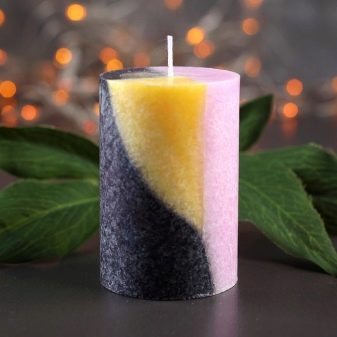
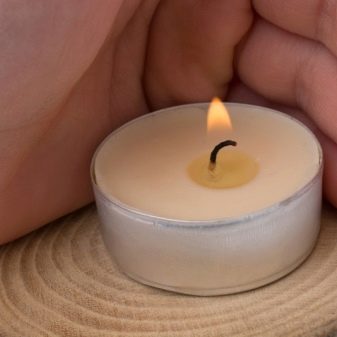
History of appearance
Initially, animal fat was used to make candles - this was the most budgetary option. But they smoked heavily and quickly burned out, and chips were used as a torch. Oil lighting was used along with them. Much later, they began to make candles from wax, but due to their high cost, they were available only to wealthy segments of the population. The poor could only buy cinders. For example, in England, butlers earned money by selling the stubs of the master's candles.
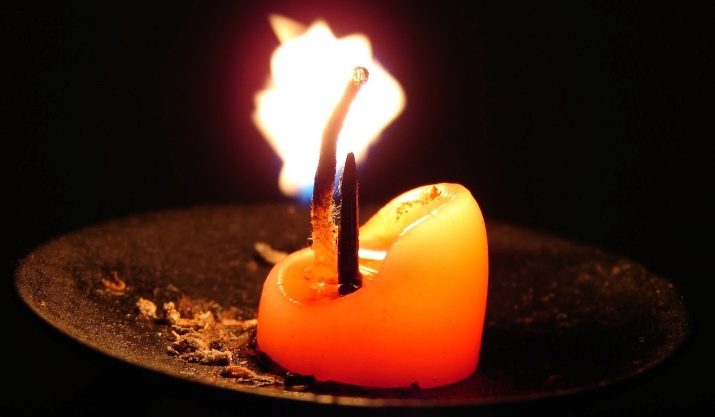
At the beginning of the XIX century. French chemist Michel Eugene Chevrolet synthesized stearin, and candles became more affordable. And in 1830 the German Karl von Reikenbach discovered paraffin. The new compound quickly replaced stearin, becoming the most popular material for candle making. Originally it was obtained from the distillation of tree resin, and the candles themselves were soft and dirty in color.
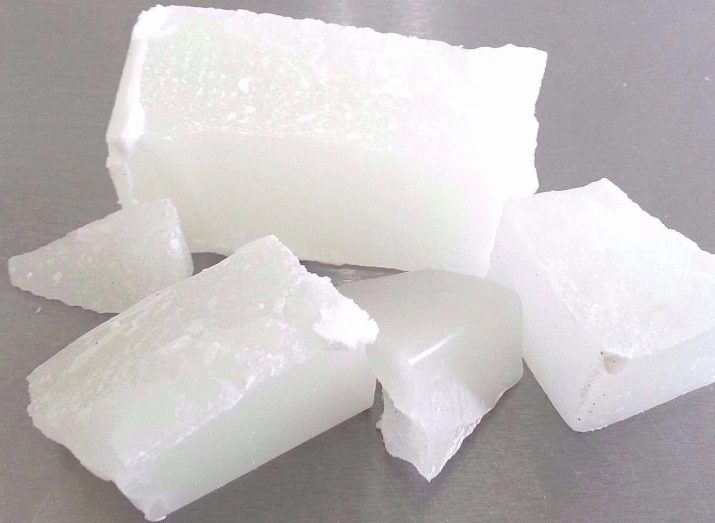
Since 1850, paraffin candles have become widespread. They swam quickly, so they began to add stearin to the composition.
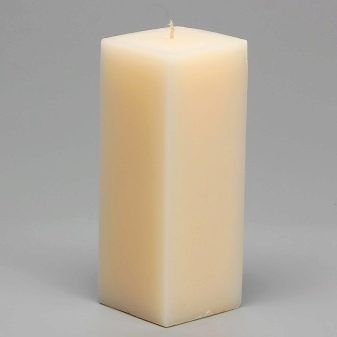

But this was already the sunset of candlelight, since kerosene lamps appeared. And at the end of the XIX century. the first electric lamp was invented.
Peculiarities
Paraffin is a white wax-like oil product. In its pure form, it has neither taste nor smell.It is not afraid of water, but it dissolves perfectly in mineral oils and when heated in vegetable oils. It has low thermal conductivity, and its melting point is 45-65 degrees Celsius.
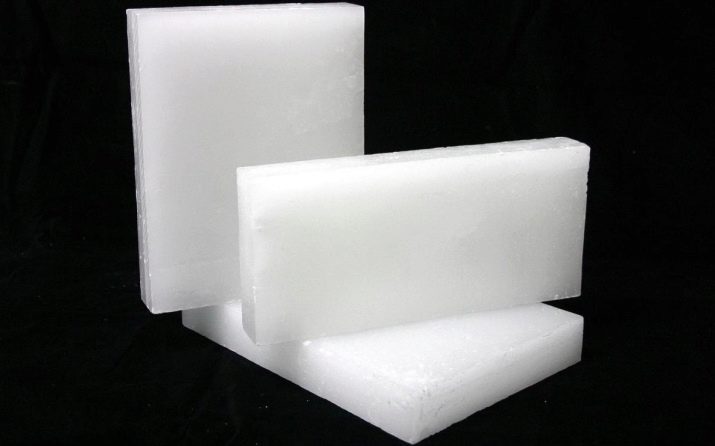
Paraffin burns out much faster than wax. An ordinary household, household candle burns on average for 4-6 hours. Burning time depends entirely on the size of the candle (length and thickness) and additives in the composition.
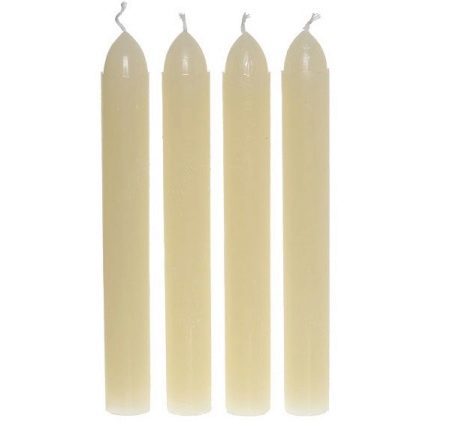
Paraffin has its own advantages:
- melts perfectly and takes any shape;
- mixes well with dye, that's why there is such a variety of them;
- versatile;
- cheaper than analogues;
- has an unlimited shelf life;
- during long-term storage they do not lose their shape and color.
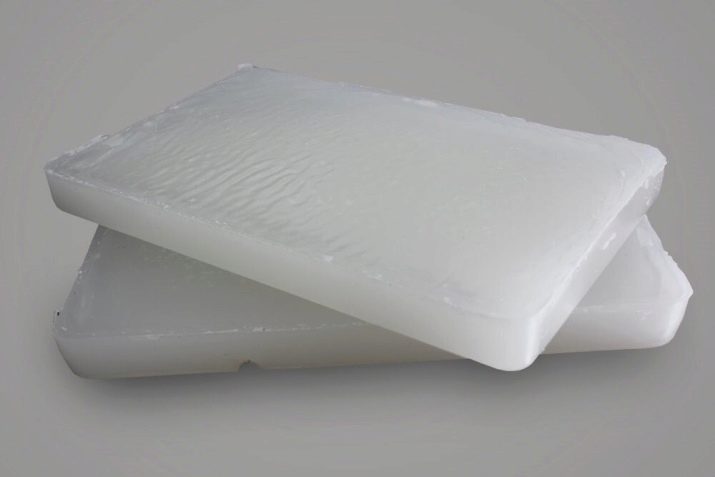
But there is also a significant flaw - toxicity. When burning, it smokes heavily, giving off pungent smoke. Its excess can be poisoned. Symptoms are the same as for carbon monoxide poisoning: headache, nausea, dizziness.
The fact is that in the manufacture they use not only paraffin, which itself is a carcinogen, but also other components, for example, ceresin, whose smell is similar to kerosene.
To overcome the chemical stench, manufacturers add various flavors. For example, for a candle to emit a honey aroma, like a wax one.
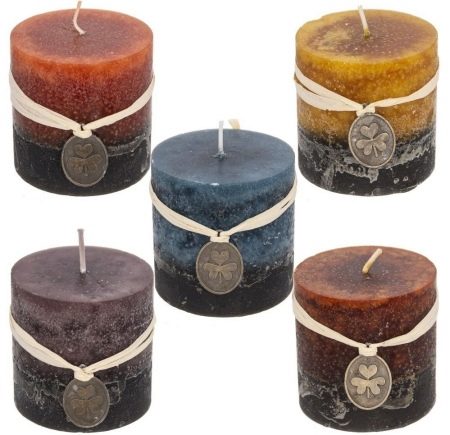
Composition
In addition to the colorant, fragrance and paraffin itself, others may be present. wax substitutesfor example, Austrian gum (ceresin), stearin and even beeswax. This is done to improve the performance of the product, in particular to increase the burning time.

All brands of paraffin are distinguished by the degree of purification (marking - a letter with a number) and the form of release - stratal or flake. The latter is easier to prick.
For the manufacture of candles, P2 brand paraffin (flake, white) is usually used as the safest. It is used in the food and pharmaceutical industries. A distinctive feature of this brand is the absence of smell. Almost all types of candles are made from food paraffin.
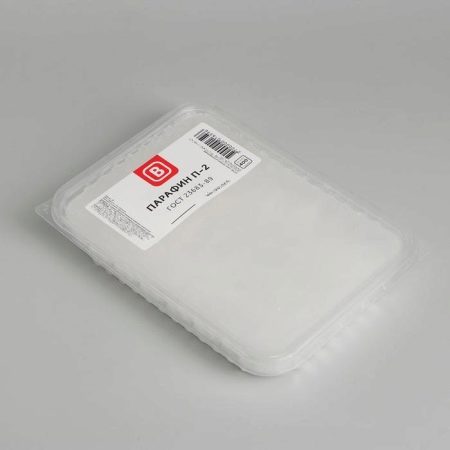
On sale you can find candles with a strong unpleasant smell of diesel fuel. Most likely, they are made of low grade T1 paraffin, which, when burned, releases substances hazardous to health.
Differences from other candles
Paraffin candles can be easily distinguished from others. Compared with wax, they are brighter and more varied in color. Wax is rarely stained, so it is more often found in a dark yellow color. Paraffin crumbles easily and is not flexible. The beeswax candle is easy to cut or bend without breaking the integrity.
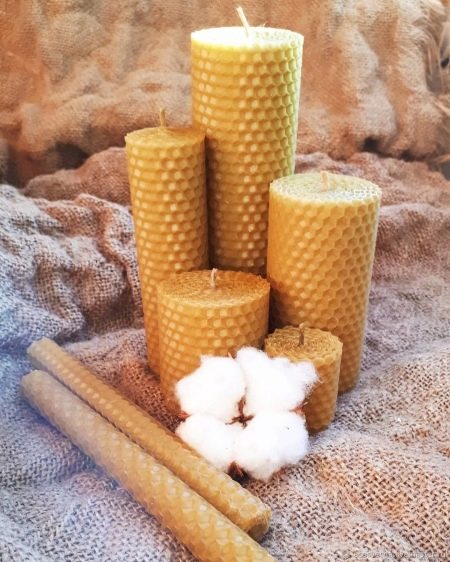
Soy candles are often dyed, but aroma oils are used for scent, not perfume fragrances. Their smell is more natural and less intrusive.

Stearic - oily to the touch, unlike paraffin wax. They are more environmentally friendly and do not emit an unpleasant odor during combustion. In addition, the melting point of stearin is 10 degrees Celsius higher, it melts longer.
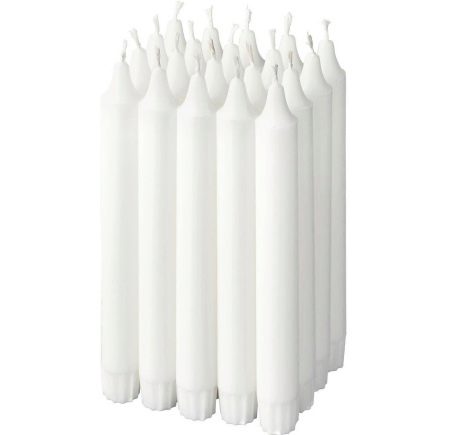
Paraffin candles are the only ones that are smoked. It is easy to determine its presence in the composition; it is enough to bring the glass to the flame. There should be a clear black soot mark on the surface. If the flame is blown out, a white plume becomes visible - paraffin vapor.
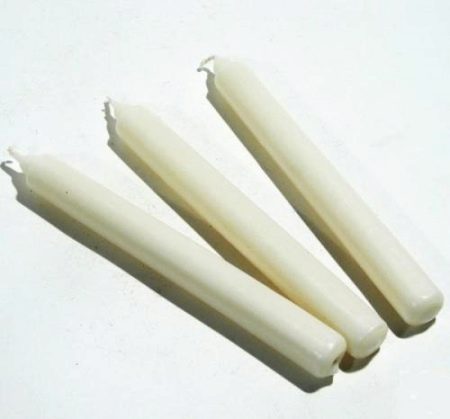
The smell of smoke is harsh, chemical. The candle itself may smell unpleasant when it is unlit. Paraffin wax burns out almost without residue.
There is a significant difference between candles and in price. Paraffin waxes are cheaper than others, but not always better. And after use it is recommended to ventilate the room.

What are they?
There is a wide variety of paraffin candles. But all of them can be divided into types:
- household;
- canteens;
- for cakes;
- tea rooms;
- decorative.
Household ones are made of unpainted paraffin, so they are always white. They are cheap, sold in almost every department store. Usually they are purchased in case of a power outage. It is 16-19 cm long and 2-2.5 cm in diameter.
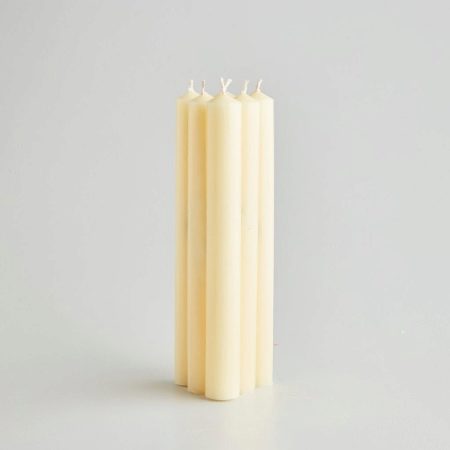
Canteens are longer and thinner: from 10 mm in diameter and up to 24 cm in height. They can be of different colors, most often monochromatic.
Conical shape. They are used to decorate or create a romantic atmosphere on the dining table.
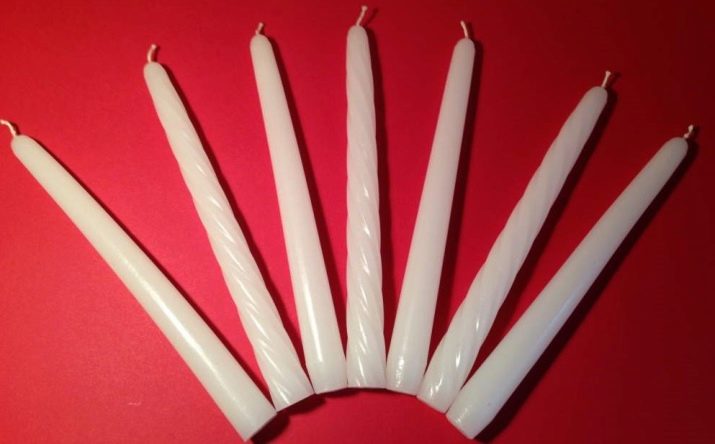
Festive for cakes almost always made from food grade paraffin. They are inedible, so you need to be careful not to drip onto the cream.

Tea rooms otherwise called floating... They are flat and small, 3 cm in diameter. Used for aroma lamps or placed in water.
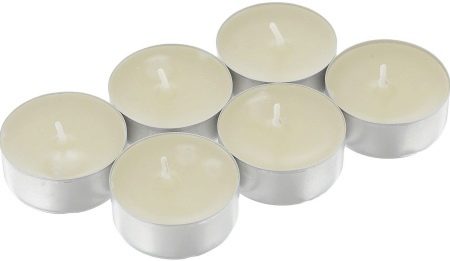
Decorative serve to decorate the interior and create soft, subdued lighting. Available in all kinds of shapes and colors.
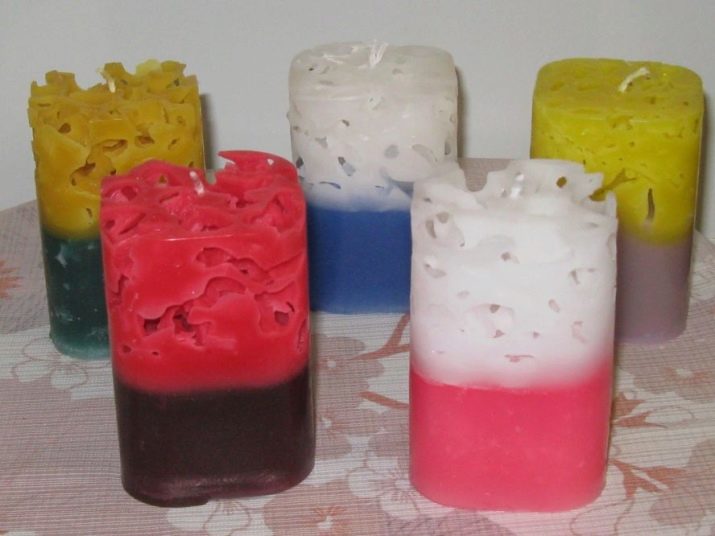
Manufacturers
In Russia, a lot of industries are engaged in the manufacture of paraffin candles, but among them the largest and most famous ones can be distinguished:
- The Candle Factory in Kostroma produces handmade carved and designer candles, cooperates with large retail chains, exports its products to Germany and Spain;
- "Candela" in St. Petersburg - specializes in the production of decorative candles, works under the order, considers individual projects;
- "Svechnoy Dvor", Moscow - produces a wide range of products (and not only from paraffin) - from household candles to decorative ones, of which there are more than 700 copies;
- LLC "Zibareva N. I." - specializes in the production of products for household use, in particular household candles;
- Komus is engaged in the production of not only candles.
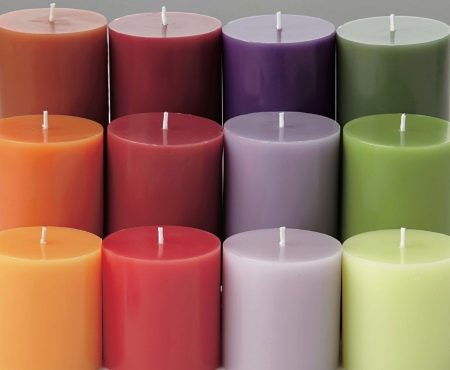
There are many other manufacturers that produce both household candles and room decoration.
How to do it yourself?
Making a paraffin candle at home is similar to a wax candle. Paraffin wax can be purchased separately at craft stores, or you can use utility candles. In the latter case, you can use the existing wick.
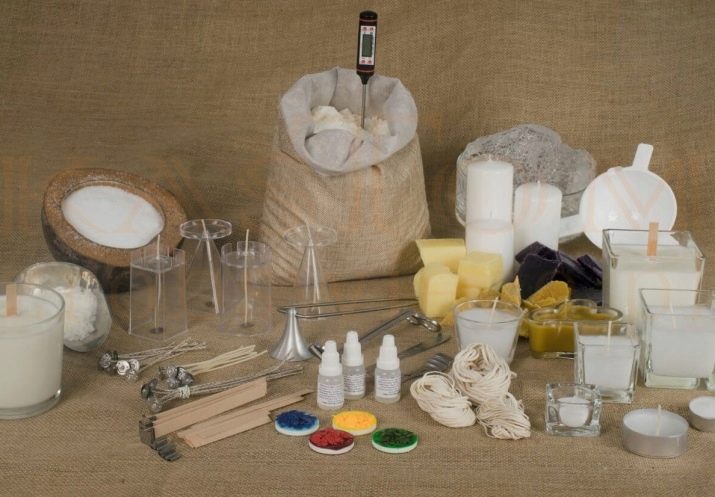
To work you will need:
- metal utensils for melting;
- container or mold for a candle;
- cotton threads for the wick;
- weight weighting agent (you can use a nut);
- food coloring or wax crayons;
- essential oils.
In order to gently pull out the wick without breaking it, it is recommended to hold the candle under hot water to soften it. Then carefully cut the paraffin wax. If you weave a wick yourself from cotton threads, then be sure to soak it in paraffin.

Tie the wick to the nut and lower it to the center of the mold. From above, wind the other end around a pencil or fork to straighten and fix. Otherwise, when pouring paraffin into the mold, you can fill it up.
Prepare a form for pouring paraffin. It is recommended to lubricate the walls with liquid soap to make it easier to remove the frozen candle. The container can be made of any material that can withstand temperatures of 70-80 degrees Celsius.
Melt the broken paraffin in a water bath. Once melted, add the color and a few drops of aromatic oil. Stir and pour gently into the prepared mold. You can paint with food coloring or grated wax crayons.
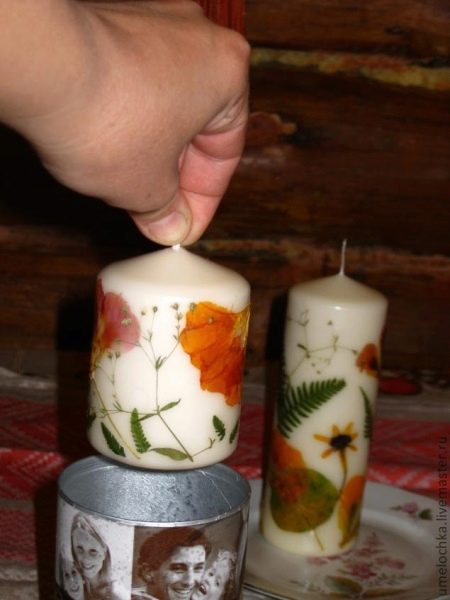
Leave to cool and harden completely.
If the candle is difficult to remove, you can dip the mold in hot water for a few seconds.
Cut off the excess wick, leaving the tip 1 cm.
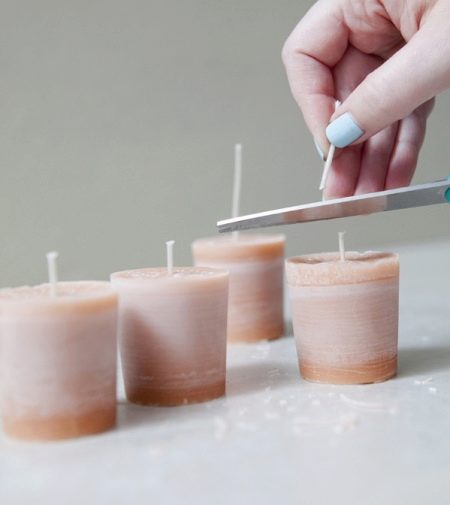
A homemade candle can decorate an interior or serve as a gift. Decor can be used.
